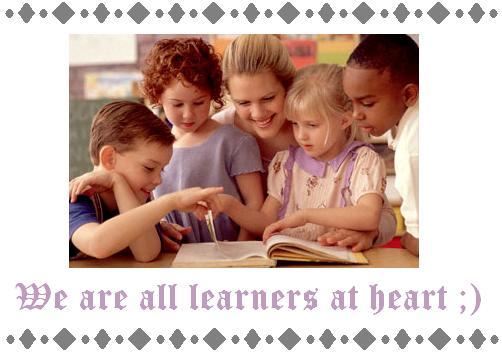Well,this is the game for you!
 Name of the Game:Stacker
Name of the Game:Stacker Suitable age group:6-8 years of age
Concept:Numbers and letters in sequence
Aim of the Game:Stack the letters or numbers given in ascending order before time runs out!
 Instructions:
Instructions: 1. See the numbers or words given.
2.Use your mouse to drag the letter to the 'X' spot.
3.Do so until all the pieces have been stacked.
4.Remember to figure out the sequence before time run out!
Why play this game?
It can reinforce both areas of language arts and mathematics;not something that many educational games can do.
 The game provides positive feedback,making other children feel capable and more encouraged.
The game provides positive feedback,making other children feel capable and more encouraged. Also, The pieces are shaped in a puzzle -like manner which helps the children figure out which piece fits where.The game itself is very aesthetically pleasing.The instructions are simple and clear cut.There are various relevant sound effects.It has various levels which slowly increase the child's cognitive abilities.Children will be able to learn in an appealing and fun manner!
Also, The pieces are shaped in a puzzle -like manner which helps the children figure out which piece fits where.The game itself is very aesthetically pleasing.The instructions are simple and clear cut.There are various relevant sound effects.It has various levels which slowly increase the child's cognitive abilities.Children will be able to learn in an appealing and fun manner!Go ahead and enjoy!Click here to try it out!
Rating:Excellent!
More about the game?
The reason it is suitable for children aged 6-8 years is because of the higher levels involved.
.jpg) Both numbers and letters come at quite an advanced stage in the higher levels.
Both numbers and letters come at quite an advanced stage in the higher levels.






